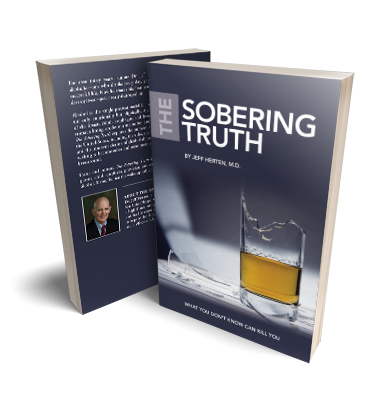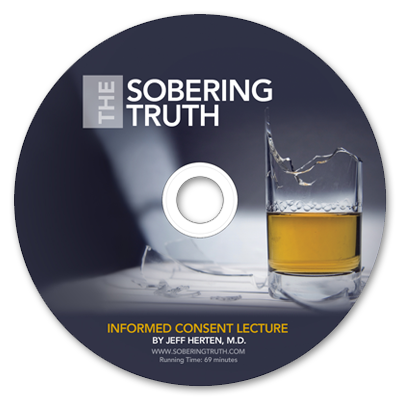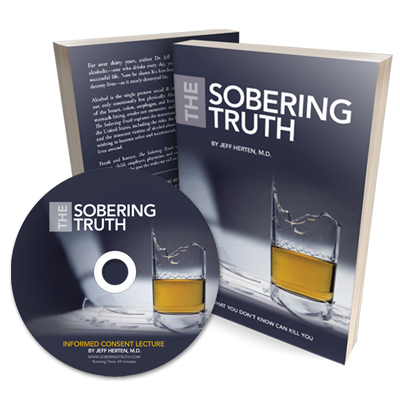Chapter 5
Dying of Acute Alcohol Poisoning
One minute, he was alive, talking about a mountain bike trip and plans for the holidays. Ninety minutes later, he was dead. Two fine young men killed themselves with alcohol in our town last year. One lived out by the state park where we ride our horses. Every time we trailer out there, I read a banner stretched on a fence along the road, “We miss you, Randy!”
And I mourn. Randy was a junior in high school. He and his buddy cut school and went to a friend’s house to do some serious drinking. Incredibly, the friend’s parents were home part of the time and knew (or should have known) what was going on. They had stolen a half-gallon of whiskey from one of their parents’ liquor cabinet. They began to drink.
The drink of choice for killing oneself with alcohol is hard liquor simply because it has a much higher concentration of alcohol than beer or wine does. The alcohol builds up in the bloodstream faster, causing deadly poisoning before the side effects prevent or reduce the intake. It is possible to kill yourself with beer, but the lower concentration (6 percent or 12 proof [1 percent = 2 proof]) requires the consumption of much larger quantities. Before a fatal blood alcohol level is reached, the beer drinker may mercifully vomit or pass out. The same is true of wine, which, at 10 to 12 percent alcohol (20 to 24 proof), requires the drinker to consume a larger quantity than hard liquor. With 80 proof whiskey, 100 proof vodka or tequila, 151 proof rum, or 198 proof grain alcohol (white lightning or Everclear), it is a much shorter journey into oblivion.
So when you are matching your friend drink for drink, guzzling several ounces of straight whiskey each time, you need to remember one critical fact. You can drink and absorb alcohol much faster than your liver and other tissues can metabolize and get rid of it, so the level is constantly rising. If it reaches 0.4 percent before you pass out, vomit, or somebody stops you, you may just die. Randy did.



